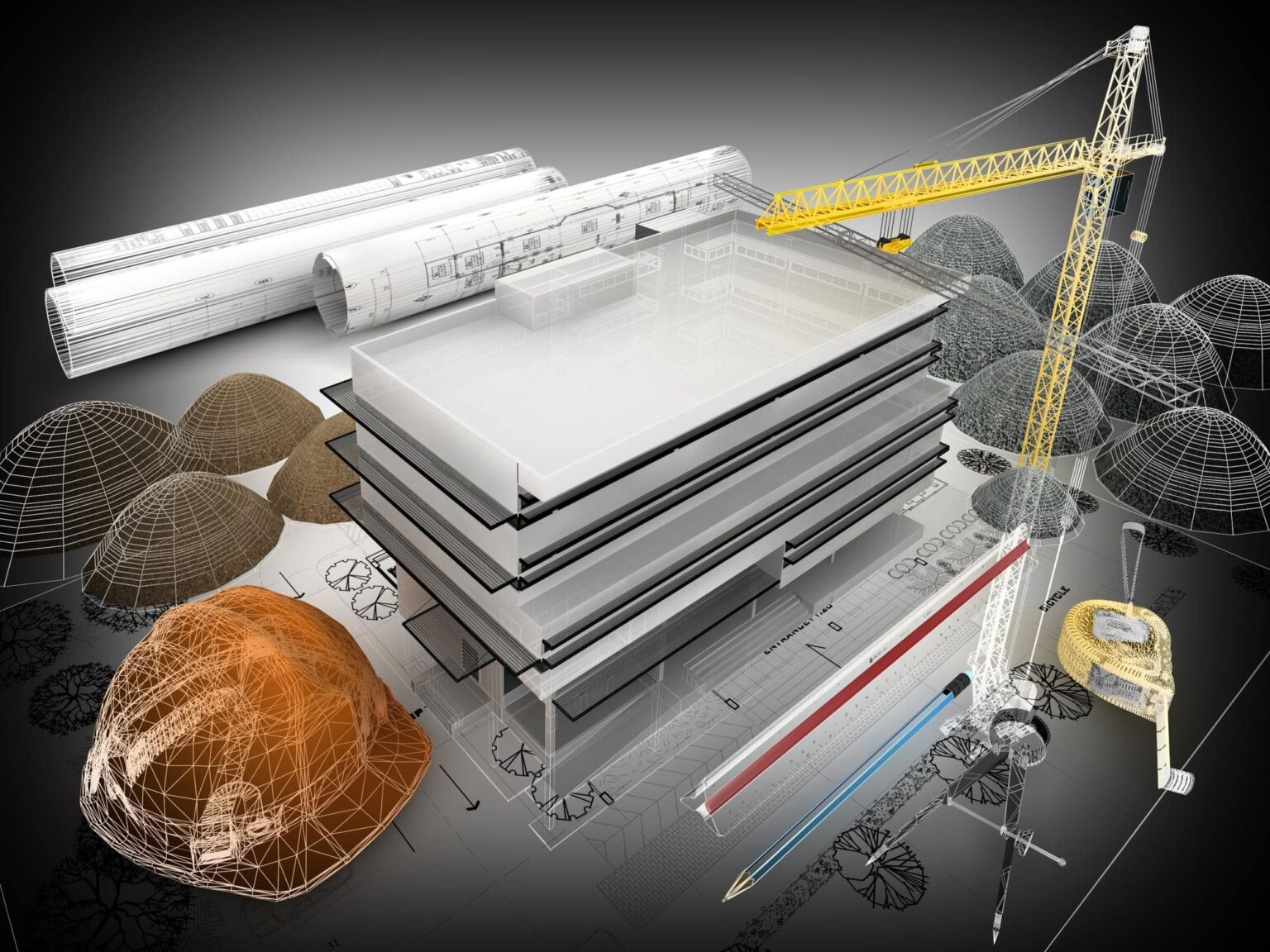Advanced materials are driving innovation in the construction industry by offering enhanced strength, durability, and sustainability compared to traditional building materials. These materials, often developed through advanced manufacturing processes and material science, are transforming the way buildings and infrastructure are designed, constructed, and operated. Here are some key innovations in advanced materials used in construction:
- High-Performance Concrete: High-performance concrete (HPC) is designed to have superior strength, durability, and resistance to environmental factors. It incorporates additives such as silica fume, fly ash, or superplasticizers to enhance properties like compressive strength, workability, and resistance to cracking. HPC allows for longer-lasting structures, reduced maintenance needs, and improved sustainability.
- Fiber-Reinforced Polymers (FRPs): FRPs, such as carbon fiber and fiberglass, are lightweight, high-strength materials used to reinforce structures and replace traditional steel reinforcement. They offer excellent resistance to corrosion, high tensile strength, and durability. FRPs are commonly used in applications like strengthening of concrete structures, bridge rehabilitation, and seismic retrofitting.
- Engineered Wood Products: Engineered wood products, including cross-laminated timber (CLT) and laminated veneer lumber (LVL), are gaining popularity as sustainable alternatives to traditional building materials. CLT, for example, is a prefabricated wood panel made by layering lumber boards in alternating directions, resulting in excellent strength, stability, and fire resistance. Engineered wood products provide sustainable and renewable options for construction while offering design flexibility and construction efficiency.
- Nanostructured Materials: Nanostructured materials, such as nanomaterials and nanocomposites, exhibit unique properties due to their small-scale structures. These materials offer improved strength, durability, and performance characteristics. For example, incorporating carbon nanotubes or graphene into concrete can enhance its strength, conductivity, and resistance to cracking. Nanostructured materials also have the potential to improve insulation, waterproofing, and energy efficiency in buildings.
- Self-Healing Materials: Self-healing materials have the ability to repair small cracks or damage automatically without human intervention. In construction, self-healing concrete is being developed, utilizing capsules or microfibers containing healing agents that are released upon cracking. This technology extends the lifespan of structures, reduces maintenance needs, and improves sustainability by minimizing the need for repairs.
- Smart Materials: Smart materials, also known as intelligent or responsive materials, can sense and respond to environmental conditions or external stimuli. For instance, shape memory alloys can change shape or recover their original form when exposed to heat or stress. These materials have applications in adaptive facades, energy-efficient windows, and earthquake-resistant structures. Smart materials offer improved energy efficiency, occupant comfort, and sustainability.
- Sustainable and Recycled Materials: The construction industry is increasingly adopting sustainable and recycled materials to reduce environmental impact. For example, using recycled steel or concrete reduces the demand for virgin materials and decreases carbon emissions. Additionally, sustainable materials like bamboo, hemp, or straw bales are being explored as alternatives for construction due to their renewable nature and low environmental footprint.
- Photovoltaic Materials: Photovoltaic materials are integrated into building components to generate renewable energy. Building-integrated photovoltaics (BIPV) use solar panels integrated into roofs, facades, or windows, allowing buildings to generate electricity while fulfilling their functional roles. BIPV offers a dual-purpose solution, combining energy generation with building envelope functions and reducing reliance on traditional energy sources.
These advanced materials are transforming the construction industry by offering improved strength, durability, sustainability, and performance. As technology and research progress, further advancements are expected, leading to more innovative materials and construction methods that contribute to the development of sustainable, resilient, and energy-efficient buildings and infrastructure.



